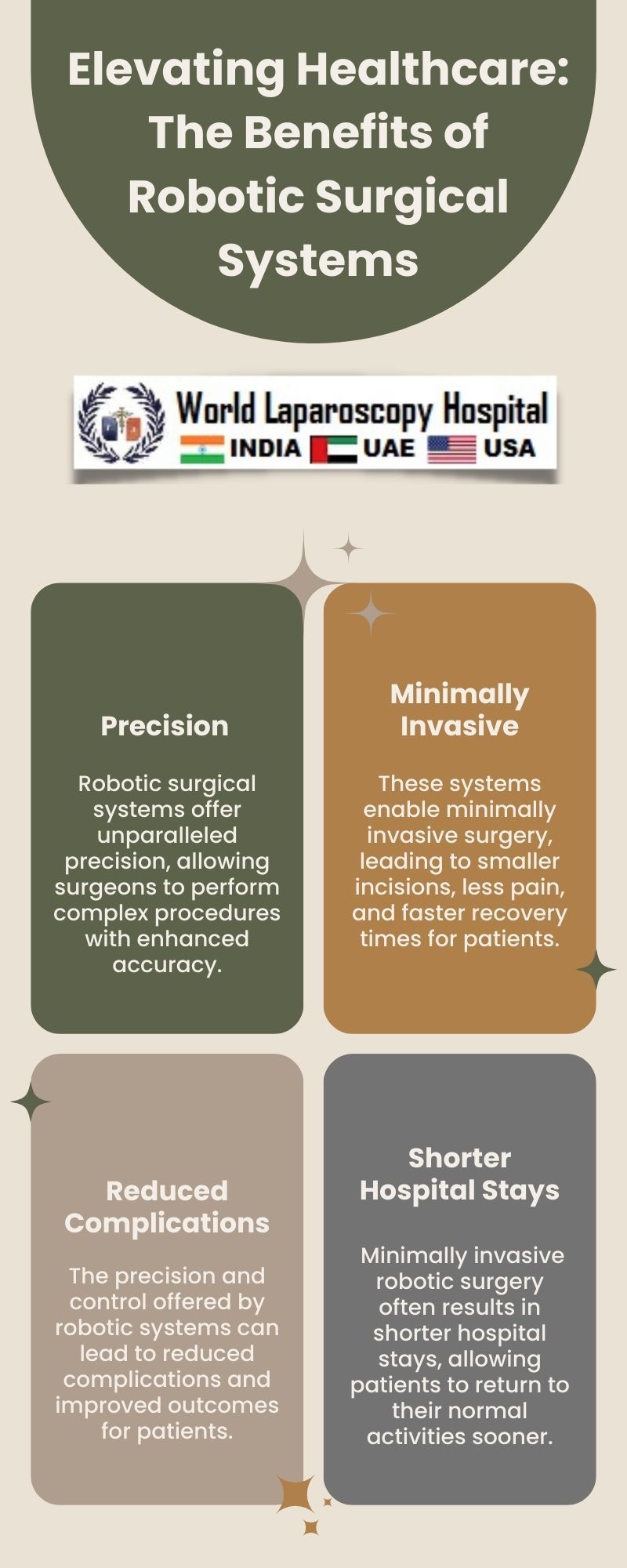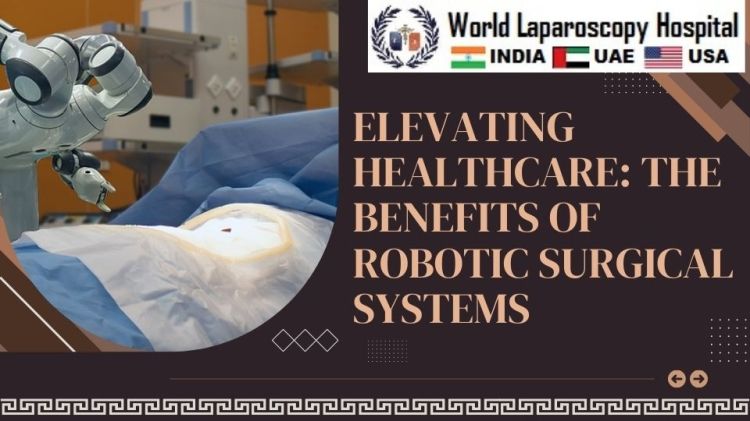Elevating Healthcare: The Benefits of Robotic Surgical Systems
Introduction
In recent years, robotic surgical systems have transformed the landscape of healthcare, offering numerous benefits to both patients and healthcare providers. These systems, which combine advanced technology with the skill of trained surgeons, have revolutionized the way many surgeries are performed. In this article, we will explore the various benefits of robotic surgical systems, including improved precision, shorter recovery times, and enhanced patient outcomes.

Improved Precision
One of the key benefits of robotic surgical systems is their ability to enhance the precision of surgical procedures. These systems use robotic arms to perform surgery, which are controlled by the surgeon from a console. The robotic arms can make extremely precise movements, far beyond the capabilities of human hands. This precision is particularly beneficial in delicate procedures, such as cardiac surgery or neurosurgery, where even small errors can have serious consequences.
Shorter Recovery
Times Another major benefit of robotic surgical systems is that they often result in shorter recovery times for patients. Because robotic surgery is less invasive than traditional surgery, patients typically experience less pain, scarring, and trauma to the body. This can lead to a quicker recovery and a faster return to normal activities. In some cases, patients are able to go home the same day as their surgery, rather than staying in the hospital for several days or weeks.
Enhanced Patient Outcomes
Robotic surgical systems have also been shown to improve patient outcomes in many cases. Because these systems allow for greater precision and control during surgery, they can reduce the risk of complications and improve the overall success rate of procedures. Studies have shown that patients who undergo robotic surgery for certain conditions, such as prostate cancer or gynecologic disorders, have better outcomes than those who undergo traditional surgery.
Reduced Risk of Infection
Another benefit of robotic surgical systems is that they can reduce the risk of infection compared to traditional surgery. Because robotic surgery is minimally invasive, it often involves smaller incisions than traditional surgery. Smaller incisions are less likely to become infected, leading to a lower risk of postoperative complications. This can be particularly beneficial for patients with compromised immune systems or other risk factors for infection.
Improved Ergonomics for Surgeons
Robotic surgical systems also offer benefits to the surgeons who use them. The console used to control the robotic arms is designed to be ergonomic, reducing strain and fatigue for the surgeon. This can help to improve the surgeon's focus and precision during surgery, leading to better outcomes for patients. Additionally, the robotic arms can be programmed to filter out hand tremors, further improving the precision of the surgery.
Enhanced Visualization
Robotic surgical systems often include high-definition cameras that provide surgeons with a detailed, magnified view of the surgical site. This enhanced visualization can help surgeons to see structures more clearly and navigate more accurately during surgery. This can be especially beneficial in complex procedures where visibility is limited, such as in laparoscopic or thoracoscopic surgery.
Improved Access to Care
One of the most significant benefits of robotic surgical systems is that they can improve access to care for patients. These systems can be used to perform surgeries remotely, allowing patients in rural or underserved areas to receive care from specialists located elsewhere. This can help to reduce disparities in healthcare access and ensure that all patients receive the best possible care, regardless of their location.
Conclusion
Robotic surgical systems have revolutionized the field of healthcare, offering numerous benefits to both patients and healthcare providers. These systems improve the precision of surgical procedures, leading to better outcomes for patients. They also result in shorter recovery times, reduced risk of infection, and improved ergonomics for surgeons. Additionally, robotic surgical systems can improve access to care for patients in underserved areas. Overall, robotic surgical systems have the potential to greatly improve the quality of healthcare delivery and patient experiences.



